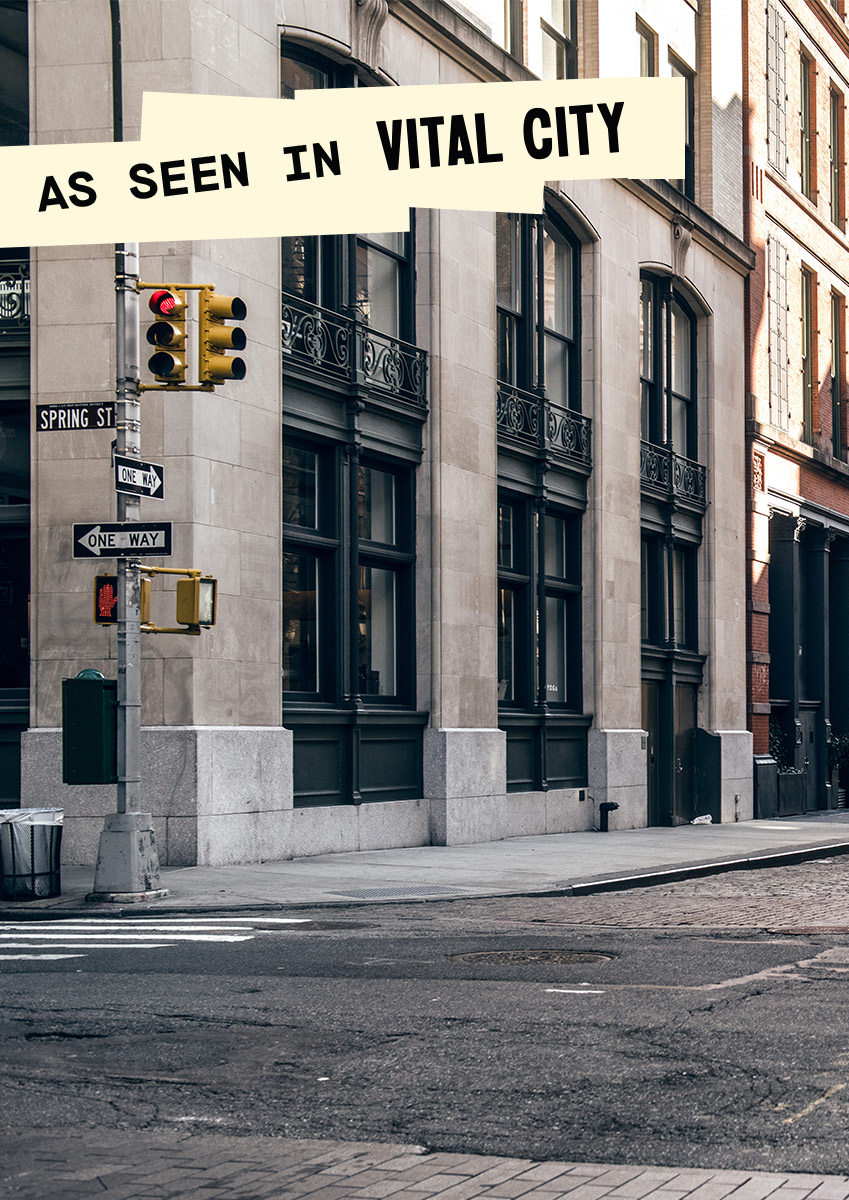According to RedFin, in the first week of June 2020, seasonally adjusted demand for housing was 25% higher than it was pre-pandemic in January and February 2020, marking the eighth straight week of rising demand, with cross country movers or those seeking homes just outside metropolitan cities increasing in size.
Stay-at-home orders forced millions of Americans to work remotely, accelerating a trend that had already been gaining momentum, particularly in knowledge sectors, as technology and company cultures moved to remote work in droves. There’s been a lot of conversation about the future of cities — in a recent op-ed written by Streetsense Managing Director of Research + Analysis Larisa Ortiz, we discussed how success relies on bold decisions. As the economy re-opens, experts project increased formalization and institutionalization of work-from-home policies that may result not only in the de-densification of offices but also higher levels of homeownership in areas away from the core of cities, including in outer boroughs, neighboring counties, and suburbs. In fact, in a survey conducted by Partnership for New York City of influential business groups, respondents from sixty companies with Manhattan offices predicted that only 10% of their employees would return by August 15, 2020.
There are a number of strategies that local governments in towns adjacent to large metropolitan cities can take to collectively support the growth of residents and remote workers who are seeking homeownership in more affordable markets, including providing the technological infrastructure to work from home more easily and expanding transportation access to enable commuting into nearby metropolitan areas as needed.
Improve Broadband and Network Connectivity
During the pandemic, broadband supported a range of essential activities online – including personal interactions, learning, services, and commerce. However, according to the FCC, as of February 2020, over 42 million Americans did not have access to broadband. To close this gap in access, cities will need to work closely with telecommunications industry partners and with the state and the federal government to ensure regulatory frameworks are aligned to foster good network connectivity for local residents and businesses. This includes defining reasonable aesthetic requirements and application fees for installing cells and leasing light poles and other infrastructure and creating less cumbersome permitting processes that provide quick approvals to telecommunications companies.
Most importantly, cities will need to work to ensure these upgrades are equitably distributed to residents and businesses, whether through regulatory (for example, expediting permitting processes) or financial incentives. According to Jonathan S. Adelstein, president and CEO of the Wireless Infrastructure Association, “low-income neighborhoods are actually attractive to mobile carriers. Those areas tend to be densely populated and, because residents there rely so heavily on their mobile devices for internet connections, they tend to prioritize paying their bills for wireless service.”
Plan Comprehensively as a Region of Smaller Communities
As areas just outside metropolitan cities grow, a comprehensive regional plan that is long-range and multi-jurisdictional must be established to ensure resources and opportunities are broadly shared across smaller towns and neighborhoods. This includes thinking regionally about housing, retail, office, and transportation to increase economic opportunity for individuals and also to give employers access to a much larger workforce.
If you want to know more about our work supporting Public Non-Profit Sector clients, please don’t hesitate to reach out — contact Managing Director, Research + Analysis Larisa Ortiz.
For Streetsense updates, follow us on social media or sign up for the Word on the Street newsletter.
BACK TO LATEST








